When most people think of Cyprus, they imagine shimmering beaches, picturesque villages, and Mediterranean cuisine. That’s exactly what I expected too. I had packed my itinerary with visions of coastlines and cafés—but something unexpected pulled me in a different direction. It started with a random online article about a mosque in Larnaca and spiraled into a deeply personal journey through memory, faith, and forgotten history.
I had no idea there was such a rich Islamic heritage in Cyprus—one that had been largely silenced, not through war or destruction, but through time, politics, and migration. I felt a quiet responsibility to see it for myself.
A Side of Cyprus Many Don’t Talk About
Cyprus is still healing from its division in 1974, when conflict between Greek and Turkish Cypriots led to the north and south being effectively split. With that came the displacement of entire communities. Turkish Cypriots from the south moved north; Greek Cypriots from the north moved south. What remained in their absence were places of worship—churches in the north, mosques in the south—left behind like untouched time capsules.
These abandoned mosques are not tourist attractions. They’re not marked on glossy brochures or promoted on Instagram. Some don’t even have signs. And yet, they are among the most moving places I’ve visited.
My first real encounter with Cyprus’s Islamic past was at Hala Sultan Tekke in Larnaca. It's one of the few mosques still in use, built in honor of Umm Haram, the maternal aunt of the Prophet Muhammad (peace be upon him). She’s believed to have died on this very land during one of the first Muslim expeditions to the island.
Standing there, beside her tomb, I felt both small and connected. The silence inside the mosque, the stillness of the salt lake outside—it all blended into something spiritual. I didn’t feel like a tourist. I felt like a visitor to someone’s memory.
I remember placing my hand on the stone wall and thinking: How many generations have come here seeking peace? How many prayers have echoed in this space? More than I’ll ever know.

Hala Sultan Tekke
Klavdia Mosque
Finding Klavdia Mosque wasn’t easy. It doesn’t appear on most maps. I drove past it twice before stopping to ask an older man and his daughter working in his garden. He didn’t speak English, but when I said “mosque,” he nodded and gestured for me to follow.
They walked me right up to it.
The mosque was locked, its paint fading and its courtyard wild with weeds. But there was something gentle about it. It had once been the Church of Agia Aikaterini, converted after the Ottoman conquest, and you could still sense both layers of its history. I took a few photos, thanked the man and his daughter, and left feeling humbled—not just by the mosque, but by the warmth of the people who led me there.
Klavdia Mosque
Kofinou Mosque
In Kofinou, I found what might be the tallest minaret I saw on this trip—surprising for such a small village. The mosque was built in the 1960s and, compared to others, is relatively “modern.” But after 1974, it was abandoned like the rest.
The structure is still intact, but time has worn it down. I walked around the outside, snapping photos of the cracked steps and vine-covered railings. Graffiti lined the walls. Part of me felt a pang of guilt—should I be here? Was I intruding on something sacred?
But another part of me felt it was right to witness it. To document it. To say, I see you. I remember you.
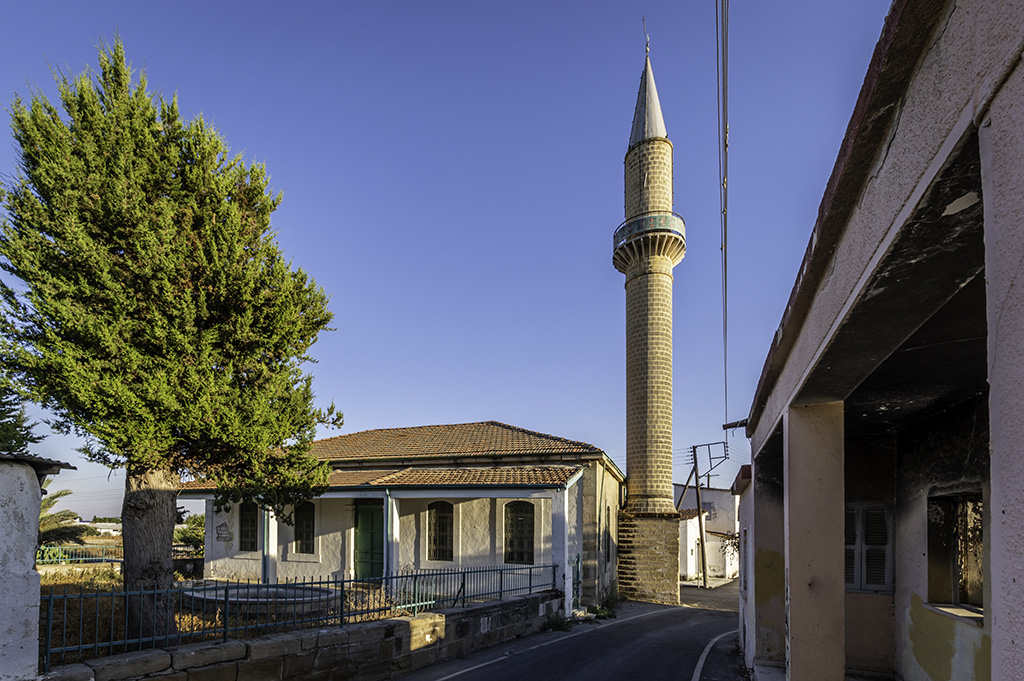
Kofinou Mosque (Unsala)
Alaminos Mosque
Of all the places I visited, Alaminos felt the most isolated. The mosque is tucked away near the Kseropotamos River, and if you didn’t know what you were looking for, you’d miss it entirely.
It had once been a Turkish school, later converted into a mosque. Now, nature is slowly reclaiming it. Grass grows inside the structure. Birds nest in the crevices of its roof. It felt almost poetic—like the earth was cradling this piece of history, refusing to let it disappear completely.
I sat nearby for nearly half an hour, just listening. The wind, the birds, the sound of water in the distance—it all made me feel that the land, in its own way, was still holding onto something sacred.

Alaminos Mosque
This wasn’t just a historical exploration—it was emotional.
I thought about how quickly communities can disappear, how fragile culture really is when people are forced to leave. I imagined what it would be like to leave your mosque behind, knowing you may never return. I thought about the last adhan called in these places and the people who had once built lives around them.
These mosques, though quiet, still speak. They carry the stories of families, of faith, of coexistence. They are monuments not just to Islam, but to a more multicultural Cyprus—a Cyprus that existed once, and perhaps, with hope and effort, can exist again.
If you're planning a trip to Cyprus, I encourage you to look past the travel guides. Rent a car. Visit a village you’ve never heard of. Take the time to find the places that aren’t trying to impress you—the ones that simply exist.
There’s so much beauty in the quiet places. So many stories in the ruins. And sometimes, the most memorable parts of a trip are the ones that weren’t planned at all.

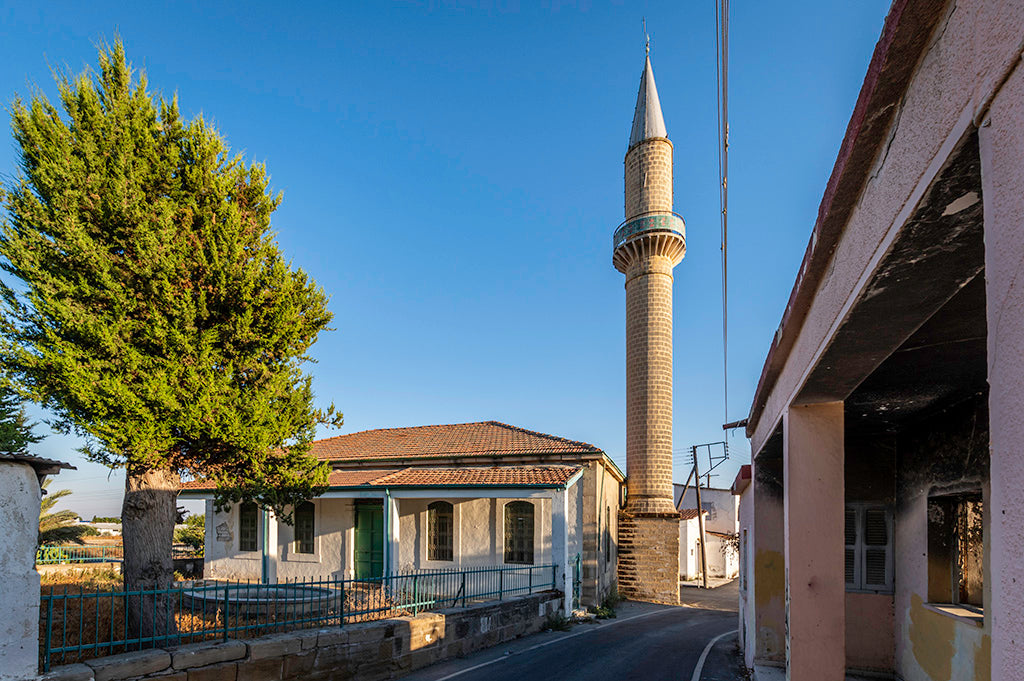

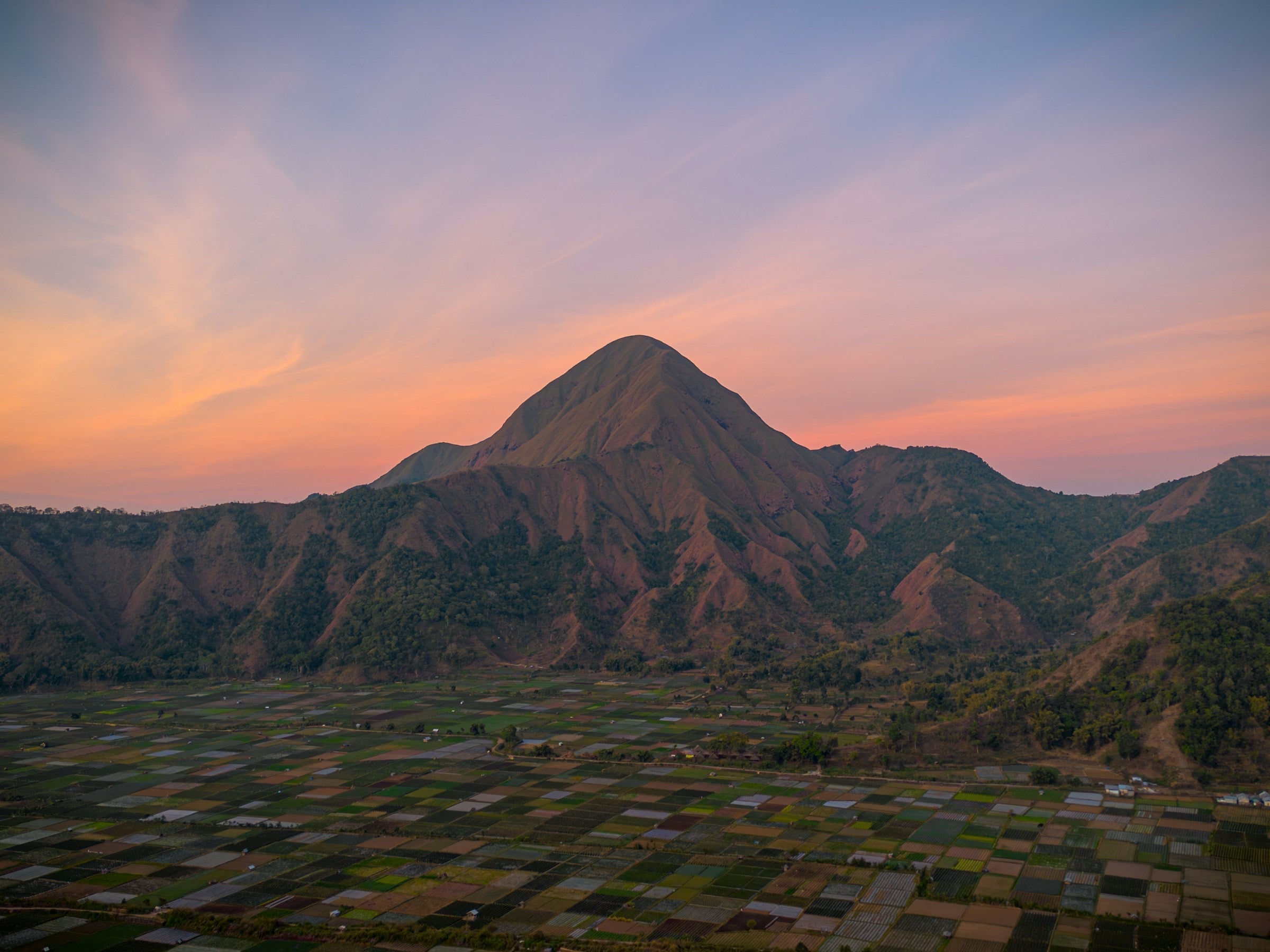
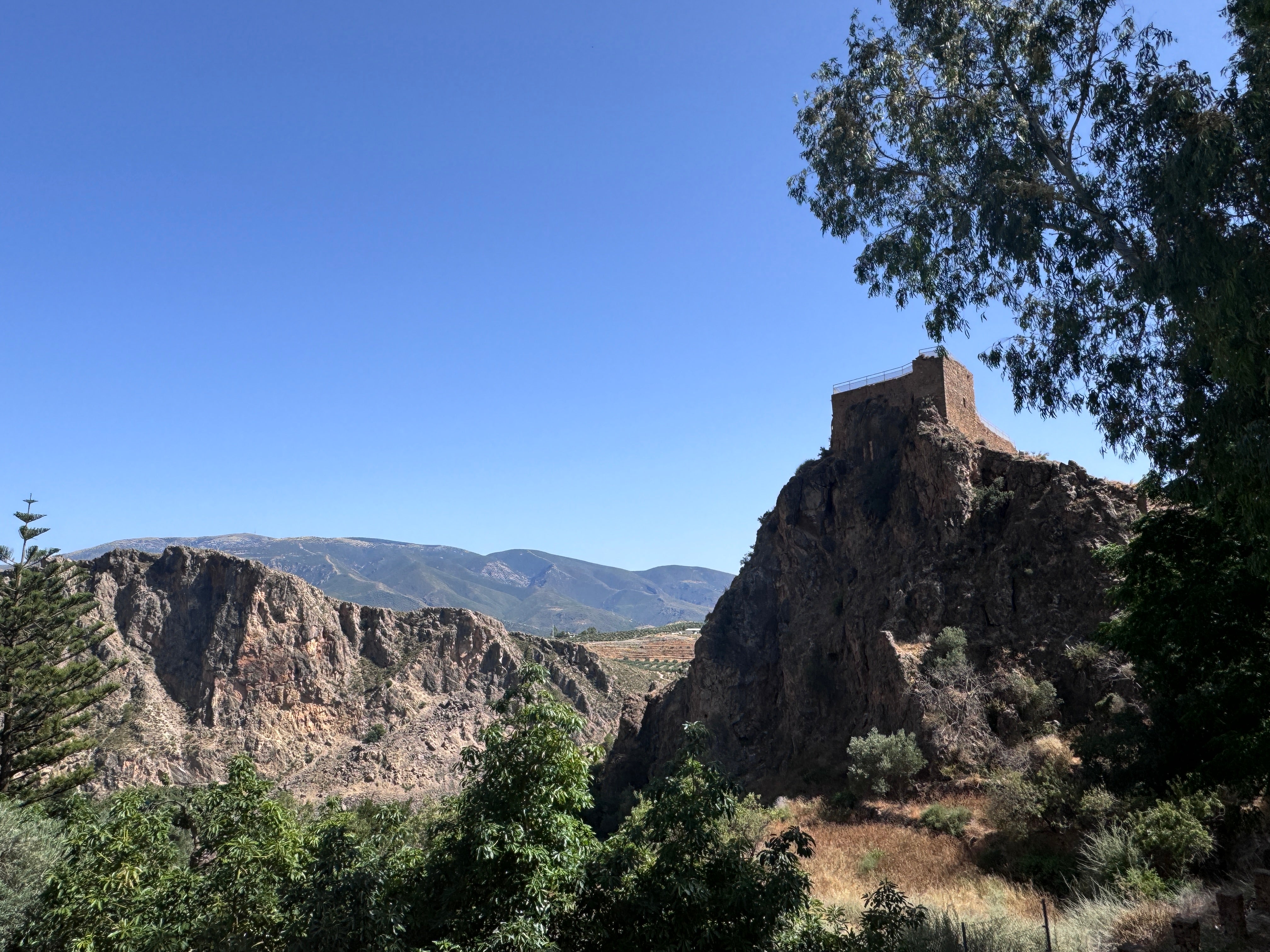
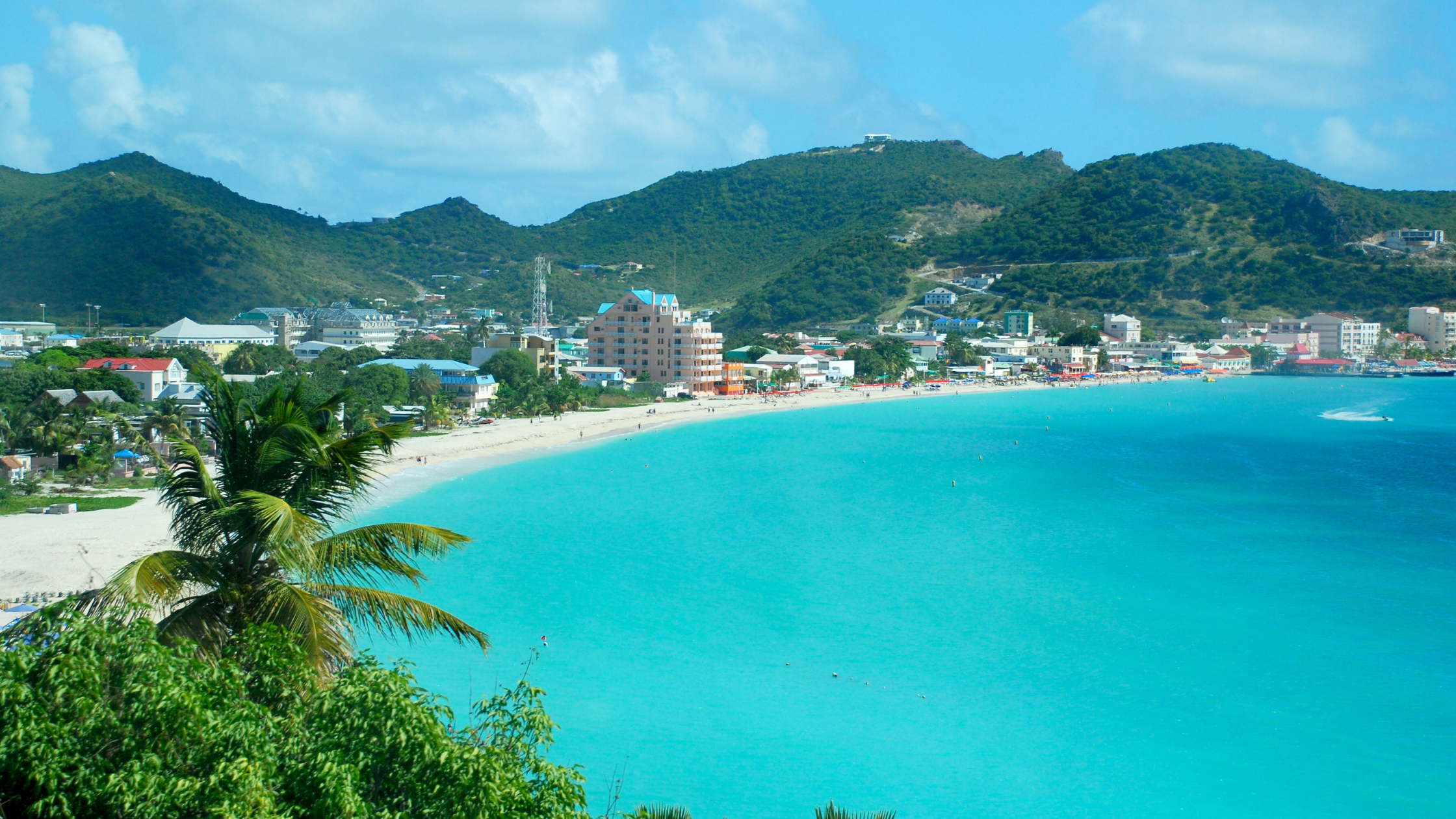
Share:
Halfeti: The Turkish Village Home To a Sunken Mosque
A Journey to China's Oldest Mosque